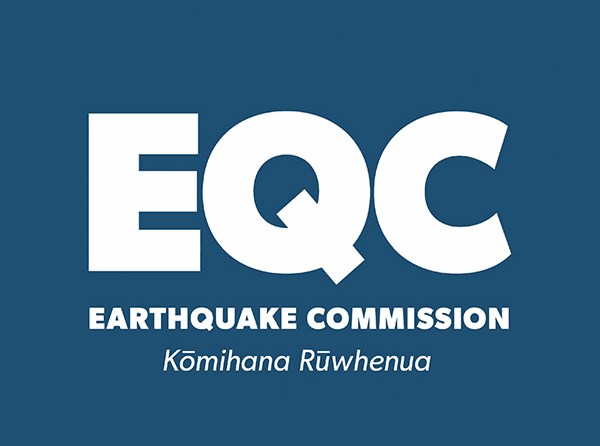Fronted ILS capital less than 2% of NZ EQC reinsurance renewal

Having just announced the renewal of a record $7.2 billion reinsurance tower, the New Zealand Earthquake Commission (EQC) told Artemis that still less than 2% of this capacity comes from fronted insurance-linked securities (ILS) fund sources.
The NZ EQC added $470 million of reinsurance to its program for the year ahead, the largest tower it has ever procured and signalling its growing need for risk capital to backstop it in case of any major earthquakes or disasters occurring.
But, while you might expect the ILS market would take a reasonable share of this, it doesn’t. In fact, the share commanded by ILS funds remains very small.
It continues a trend seen in recent years, when ILS capital has been a very small component of the reinsurance tower of this New Zealand disaster insurance facility.
Fraser Gardiner, Chief Financial Officer of the New Zealand Earthquake Commission told us that “Less than 2% of the overall programme capacity comes from alternative or ILS sources.”
Gardiner said that the number of counterparties hadn’t changed significantly either for 2022, with still roughly 70 reinsurers in signing onto the renewal.
Structurally the reinsurance tower remains the same, with all of the earthquake coverage on a per-occurrence basis and no changes or additions of any other structural features, Gardiner said.
All the layers of the tower have reinstatements, which is an important feature to the NZ EQC and likely also explains the fact there is no collateralized reinsurance capacity involved, with all of the ILS market participation fronted by global reinsurance firms.
In terms of pricing, with the global reinsurance market certainly harder than a year ago, Gardiner said this was within expectation.
“The overall cost of the programme moved in line with expectations taking into consideration the change in underlying exposures, the Government’s decision to increase the EQC building cover cap (which comes into effect from 1 October 2022) and the increase in programme capacity,” he explained.
So far, the EQC has not seen the need to bring a catastrophe bond to market and remains happy with the structure its program uses.
Gardiner said, “EQC continues to review its reinsurance programme and the sources of capital available.
“We have been very happy with the level of support and pricing we have been able to achieve from our existing reinsurance partners through this renewal, but we will continue to monitor a range of alternatives.”






